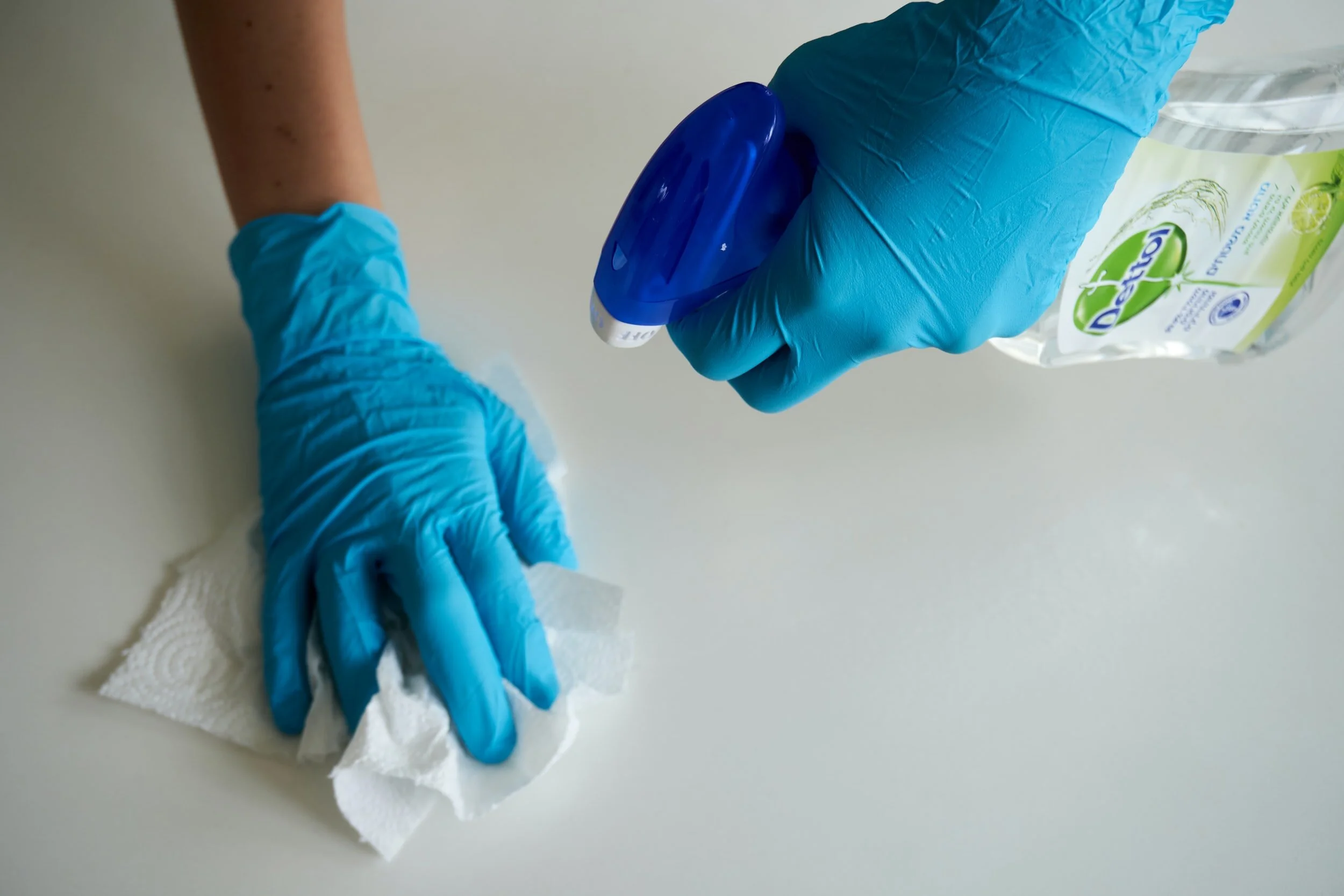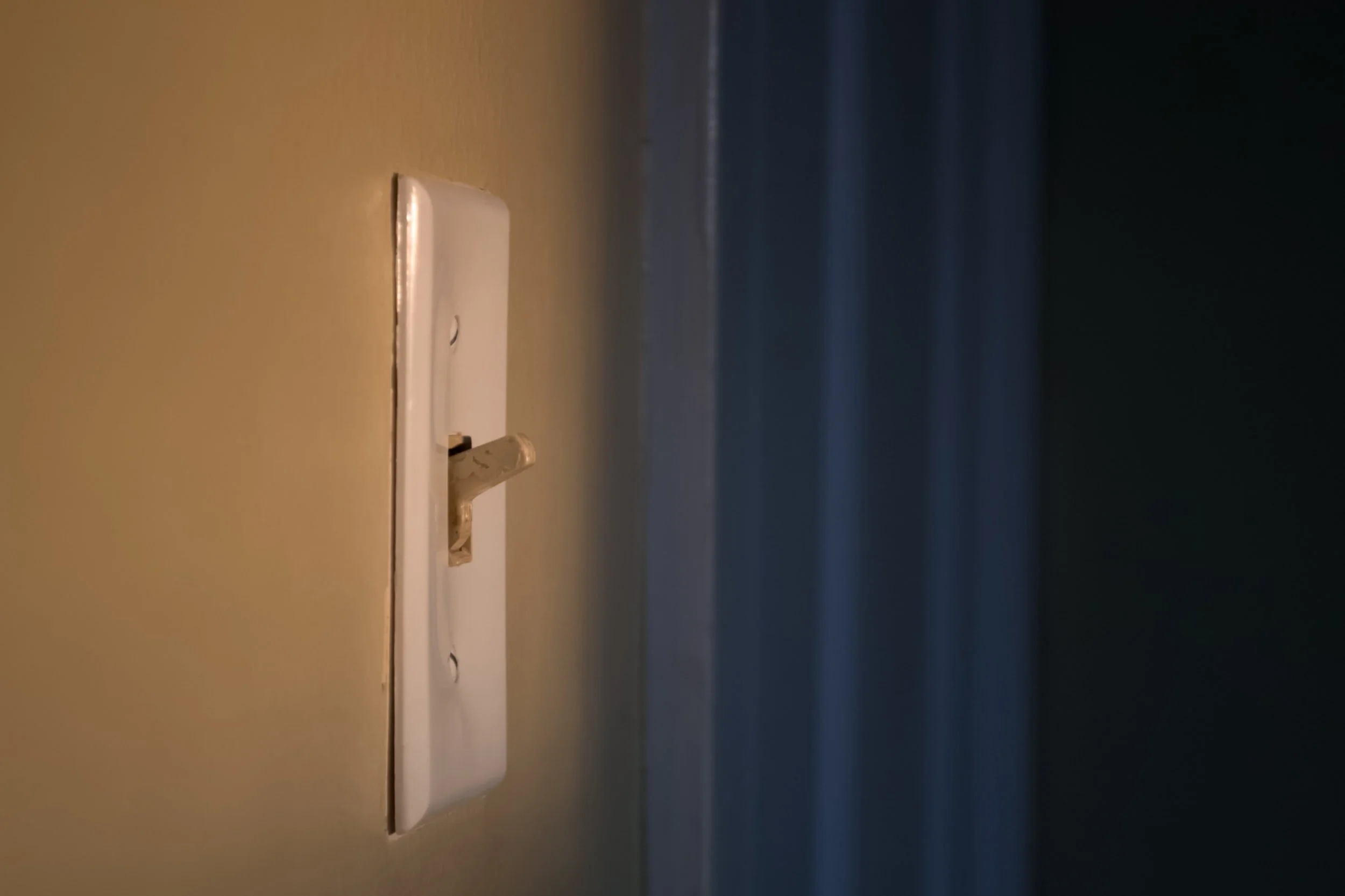Pop culture is getting better about representing people with mental health conditions on TV, in movies, and in books. It’s allowed many people to get familiar with mental health conditions that aren’t always talked about, but affect millions of people. At this point, you’ve probably encountered a character that has OCD. In all likelihood, this character was super clean, hyper-organized, and maybe a little nitpicky or eccentric.
Although more representation for mental health issues is a good thing, for OCD it’s come with a small downside. Most portrayals of OCD only focus on one or two types of the disorder. As a result, most of us have an overly narrow idea of what OCD looks like. While it’s true that some people with OCD are very neat and tidy, many aren’t.
If you are wondering whether your child may have OCD, it helps to learn about all 4 types. This way, you’ll be prepared to spot all of the signs and symptoms of OCD, not just the ones we see on TV. Let’s take a closer look at each of the 4 main types and how it commonly manifests in kids.
OCD Type #1: Contamination and Cleaning
Many people associate OCD with germs and germaphobia. But this type of OCD is more than just practicing good hygiene or keeping a spotless home. People with contamination OCD worry about coming into contact with things that could get them dirty, sick, or even just feeling unclean. They may worry about their belongings becoming contaminated as well, or that they might spread their contamination to other people.
Sometimes, people with contamination OCD are concerned with germs or dirt. However, lots of other things can trigger it, too. Some kids with contamination OCD might be triggered by bodily fluids, certain strong smells, or even just by people or things that feel wrong to them.
Feeling contaminated causes anxiety to spike, so kids with this OCD type will do whatever they can to avoid the feeling or make it go away. This often means compulsively cleaning, avoiding “dirty” places and things, having difficulty sharing belongings, or completing rituals that help make something feel clean again.
What Contamination OCD Looks Like in Kids
I’ve met more children with contamination OCD in the wake of the Covid-19 pandemic. This makes sense: we’ve spent over a year talking about washing and avoiding germs, which I imagine makes it an easy subject for OCD to grab on to. Here are a few common ways contamination OCD may show up for kids:
Repeatedly washing hands or taking multiple showers a day
Not wanting to touch or use objects that have come in contact with something “dirty”
Difficulty sharing toys or allowing others to use their things
Overwhelming worries about getting sick or making others sick
Cleaning belongings (like toys or school supplies) more often or thoroughly than is normal
Bathroom difficulties due to worries about urine or feces contaminating clothing
OCD Type #2: Checking and Rechecking
Ever walked out of the house, only to stop and wonder if you locked the door on your way out? We all get that nagging “did I forget” feeling occasionally, but for people with this type of OCD it’s a daily occurrence. It’s harder for them to brush these thoughts aside, because they happen so frequently and feel so intense. To calm the feeling, they check or re-do things over and over, even if they know they just did them moments ago. Unfortunately, the “did I forget” feeling doesn’t stay away for long, which leads to a need to check again. As you can imagine, this can be really aggravating and take up a lot of time.
Compulsive checking activities may be physical actions, like flipping a light switch or turning a knob on the oven. They can also be mental actions, like double-checking that the fire alarm still has batteries or that a door is closed. Sometimes, repeated worries prompt kids to repeatedly ask parents for reassurance. This is another kind of checking that might be easy for parents to miss.
What Checking OCD Looks Like in Kids
Symptoms of compulsive checking range from super subtle to very overt. How easy they are to spot depends on what your child feels compelled to check. Here are a few examples of compulsive checking that you might notice in a child with this form of OCD:
Repeatedly doing things like locking and unlocking doors, flipping light switches, or turning faucets on and off
Asking the same question over and over, without a decrease in anxiety—for example, repeatedly asking a parent if they are sick
Going back to check on things more often than seems normal
Repeatedly asking parents for reassurance that something bad is not going to happen
Asking parents if the child has forgotten something or if their memory is accurate
OCD Type 3: Perfection and Order
This is the type many people likely imagine when they think of OCD. Along with germaphobia, this is the other common OCD form that gets a lot of representation in pop culture. People with this OCD type may worry about symmetry, organization, or doing things just right. In fact, this type is also sometimes called “just right OCD.”
While this may sound like the hyper-organized, neat freak stereotype we often associate with OCD, the reality is it’s much more complex. Some people with this OCD type may be neat and tidy, or be concerned with appearances. However, this type also includes compulsive behavior like tapping things an even number of times, arranging items to appear symmetrical, or fixing and re-fixing something that nobody else would notice was “wrong.”
This OCD type also includes people who feel compelled to do things perfectly. This might lead to a lot of anxiety when working on school assignments or participating in sports or other activities. Some people with this type might fixate on a facial feature or part of their body and worry that it is not good enough.
What Perfectionistic OCD Looks Like in Kids
Although this type is more understood, it’s helpful for parents to remember that “perfection” and “order” doesn’t necessarily mean color-coded school binders and a clutter-free bedroom. A child’s focus can be on a very specific area that we don’t usually think about as something that needs to be organized or even, which can make these signs of OCD slightly tricky to spot. Here are some ways perfectionism and “just right” OCD might show up in children:
Extreme difficulty completing homework assignments, especially open-ended ones, due to a fear of not being able to do them well enough
Needing to feel that things are “even” on both sides of the body
Doing things a set number of times, for example, saying the same thing three times in a row or stepping on the “right” number of leaves outside
Fixating on a small detail related to clothes, hair, or makeup
Having trouble texting friends due to fear about not saying the right thing
OCD Type 4: Mental Rituals & “Bad” Thoughts
This type of OCD is a little different than the others. Most forms of OCD involve acting out some kind of repeated or ritualized behavior. The behavior may be subtle, but it’s noticeable if you know what you’re looking for. Mental ritual OCD is sneakier. Rather than doing something repeatedly, people with this type of OCD think something repeatedly. This can make it much more difficult for parents to identify. In fact, until fairly recently, mental health professionals had a hart time identifying it too!
Mental ritual OCD is relatively new. You may also hear it described as “Pure O” OCD, which is short for “purely obsessional.” It’s called this because there aren’t any compulsions for those of us on the outside to see. However, that doesn’t mean they aren’t there.
People with “Pure O” or mental rituals are often bothered by thoughts that feel inappropriate: for example, thoughts about violence or sexual behavior. Some people may also be preoccupied with thoughts about religion or worries that they’ve done something wrong. They may worry that having these bad, taboo thoughts means that they are bad people.
To counteract the “bad” thought, a person may try to replace it with a “good” one or perform some mental action to make it better. This could include thinking a special thought, saying a number or word inside their head, praying, or reassuring themselves that they are okay.
What Mental Ritual OCD Looks Like in Kids
Mental rituals are extremely difficult to spot unless the person experiencing them says something about them. Some children with this form of OCD may also repeatedly ask for reassurance as a way to cope with upsetting thoughts or mental images. That can sometimes be a tipoff that other mental rituals could be happening, too. Here are some ways mental rituals might show up for “Pure O” kids:
Compulsively saying prayers or confessing to things inside their head
Repeatedly going over memories to see if they really happened
Saying special words, numbers, or thinking of a special picture to make a bad thought go away
Checking to see if a bad thought is still there
Repeatedly reassuring oneself that something didn’t really happen, or that they would never do that thing in real life
Are There Any Other Types of OCD?
Yes and no! The 4 types of OCD I’ve outlined here are used by both therapists and people with OCD to describe different ways that OCD can look and feel. However, you won’t find them in the DSM-5, the big book of mental health problems that therapists use to help diagnose people. So even though they are common and helpful, they aren’t super duper official.
While many people divide OCD into 4 broad categories, others may identify as many as 6, 7, or 8 different types. It all depend on how specific you want to get with your labels. Here are some other OCD types you may hear others mention:
Hoarding
Ruminating
Intrusive Thoughts
Mental Contamination
Moral OCD
Doubt or Incompleteness
Thoughts of harm or self-harm
I Think My Child Has OCD…What’s Next?
If you read through these 4 types of OCD and recognized your child in one (or more) of them, you may be wondering where to go from here. I’ve written a fair amount about OCD in children and OCD treatment on this blog if you’d like to learn more.
Learning anxiety coping skills is a good first step to help your child at home. There are several educational and self-help books for kids about OCD, too. What to Do When Your Brain Gets Stuck is my favorite.
Although books and coping skills can help, many children with OCD will need more support to overcome their symptoms. Research suggests OCD is not likely to go away on its own without professional help. Fortunately, children with OCD have options when it comes to therapy. Cognitive behavioral therapy can be really helpful, and there’s even a version of it designed especially for kids with OCD called Exposure and Response Prevention.
If you’re looking for a child therapist in North Carolina, New York, or Florida, I may be able to help. I meet with kids in person (in Davidson, NC) and online (everywhere else) to work through anxiety, stress, and trauma. You can email me here to ask question or set up an appointment.





